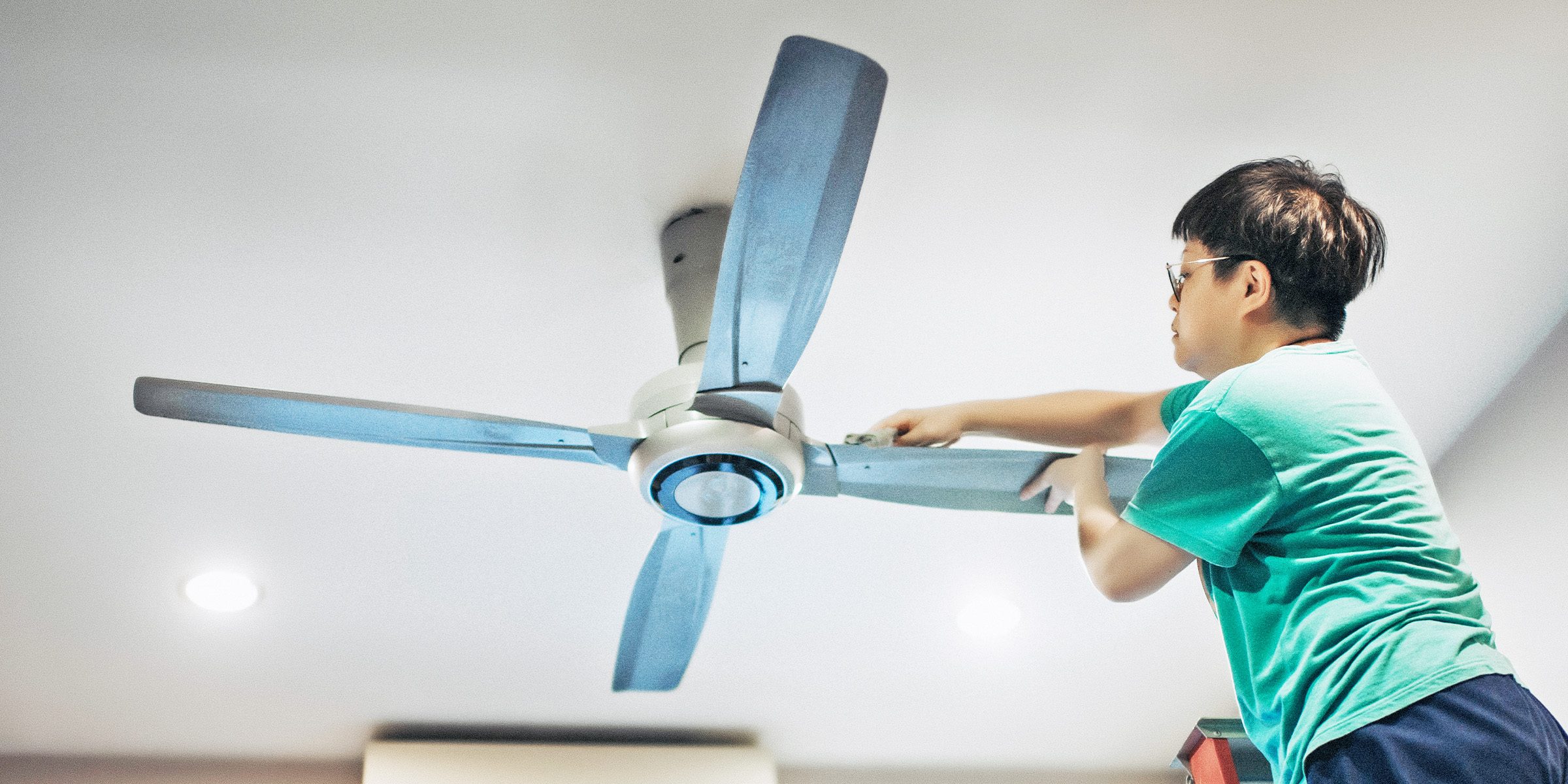

Articles
Which Way Is Counterclockwise On A Fan
Modified: August 24, 2024
Find out which way a fan turns counterclockwise and learn more about it in this informative article.
(Many of the links in this article redirect to a specific reviewed product. Your purchase of these products through affiliate links helps to generate commission for Storables.com, at no extra cost. Learn more)
Introduction
When it comes to the operation of a fan, a common question that often arises is which way is counterclockwise? Understanding the direction of fan rotation is essential for maximizing its effectiveness and airflow. Whether you’re trying to cool down a room or simply improve air circulation, knowing the proper rotation direction can make a significant difference in achieving your desired outcome.
In this article, we will delve into the fascinating world of fan rotation and focus specifically on counterclockwise direction. We will explore what counterclockwise rotation entails, why it matters, and how it impacts the airflow. By the end, you’ll have a clear understanding of counterclockwise rotation and its significance in the world of fans.
So, let’s dive in and unravel the mystery behind counterclockwise fan rotation!
Key Takeaways:
- Counterclockwise fan rotation creates a cooling breeze and enhances air circulation, making it ideal for summer use in residential, office, and commercial spaces, as well as outdoor areas and fitness centers.
- Understanding the factors influencing counterclockwise rotation, such as fan design and climate considerations, is crucial for optimizing fan performance and achieving desired cooling or air circulation effects.
Read more: Which Way Should Fan Spin
Understanding Fan Rotation
Before we delve into the concept of counterclockwise fan rotation, it’s crucial to have a basic understanding of how fans operate. Fans consist of blades or paddles that rotate and move air. The rotation of these blades creates air movement, which is crucial for achieving the desired airflow.
Fan rotation can occur in two main directions – clockwise and counterclockwise. The direction of rotation determines the airflow pattern and the effect it has on the surrounding environment. Clockwise rotation creates a different airflow pattern than counterclockwise rotation, leading to distinct cooling or air circulation effects.
Fan rotation is typically determined from the perspective of standing in front of the fan. In other words, it is based on how the blades rotate when facing the fan. Understanding how fans rotate in different directions will help us grasp the concept of counterclockwise rotation more effectively.
Now that we have a fundamental understanding of fan rotation, let’s move on to defining counterclockwise direction and its significance.
Defining Counterclockwise Direction
Counterclockwise rotation, also known as anticlockwise rotation, refers to the movement of the fan blades in a direction opposite to the clockwise motion. From the perspective of standing in front of the fan, counterclockwise rotation is when the blades rotate in a left-to-right or anti-clockwise direction.
Counterclockwise fan rotation is often denoted by an arrow symbol on the fan casing or in the product manual. This symbol indicates the intended direction of rotation for optimal performance and desired airflow pattern.
It’s important to note that the direction of fan rotation can vary depending on the specific manufacturer and fan design. Some fans may be designed to rotate counterclockwise by default, while others may require manual adjustment to achieve this rotation direction.
Now that we have a clear definition of counterclockwise direction, let’s explore the factors that influence this rotation and its significance in different contexts.
Factors Influencing Counterclockwise Rotation
Several factors come into play when determining the counterclockwise rotation of a fan. Let’s take a closer look at these factors:
- Fan Design: The design and construction of the fan itself play a significant role in determining the direction of rotation. Manufacturers carefully engineer fans to rotate in a specific direction to optimize airflow and performance.
- Motor Configuration: The motor within the fan is responsible for driving the rotation of the blades. The motor configuration, including the wiring and internal components, can influence the default rotation direction of the fan.
- Switch or Button Position: In some fans, the rotation direction can be adjusted using a switch or button. By toggling this switch or pressing the button, you can change the direction of rotation between clockwise and counterclockwise.
- Climate Considerations: The climate or weather conditions in a particular region may influence the preferred rotation direction. For example, in warmer climates, counterclockwise rotation is often favored to promote air movement and create a cooling effect.
- Personal Preferences: Personal comfort and preferences may also play a role in determining the rotation direction. Some individuals may prefer counterclockwise rotation for its cooling effect, even in moderate or cooler climates.
These factors collectively contribute to the counterclockwise rotation of a fan. It’s important to consult the user manual or manufacturer guidelines to ensure you are using the correct rotation direction for your specific fan model.
Next, let’s compare counterclockwise rotation with its counterpart – clockwise rotation – and examine the differences between the two.
Stand in front of the fan and observe the direction in which the blades are rotating. If the blades are moving from left to right, it is rotating counterclockwise.
Clockwise Rotation vs. Counterclockwise Rotation
When it comes to fan rotation, two main directions dominate the discussion – clockwise and counterclockwise. Let’s compare the characteristics and effects of clockwise rotation with counterclockwise rotation:
- Clockwise Rotation: In clockwise rotation, the fan blades move in a right-to-left direction from the perspective of standing in front of the fan. This rotation direction is often associated with the winter or heating season. Clockwise rotation allows the fan to draw air upwards towards the ceiling and then circulate it back down along the walls, creating a gentle updraft and redistributing warm air that tends to accumulate near the ceiling. This can help make the room feel warmer and more comfortable.
- Counterclockwise Rotation: In counterclockwise rotation, the fan blades move in a left-to-right or anti-clockwise direction. This rotation direction is typically used during the summer or cooling season. Counterclockwise rotation creates a downward airflow, which creates a wind-chill effect, evaporates moisture from the body, and provides a cooling sensation. It promotes air movement and can help to circulate cool air throughout the room, making it feel more comfortable.
It’s worth noting that fan rotation should be adjusted according to the season and specific needs. By utilizing clockwise rotation in the winter and counterclockwise rotation in the summer, you can optimize the fan’s performance and achieve the desired cooling or heating effect.
Now that we understand the differences between clockwise and counterclockwise rotation, let’s explore the applications of counterclockwise fan rotation in various contexts.
Applications of Counterclockwise Fan Rotation
Counterclockwise fan rotation finds its applications in various contexts where cooling and air circulation are essential. Let’s explore some of these applications:
- Residential Spaces: Counterclockwise fan rotation is commonly used in residential spaces such as bedrooms, living rooms, and kitchens. It helps to create a cooling breeze and improves air circulation, making the space more comfortable, especially during the hot summer months.
- Office Environments: Counterclockwise fan rotation is beneficial in office environments where multiple individuals are working in close proximity. It helps to prevent stagnant air and keep the space well-ventilated, creating a more productive and comfortable working environment.
- Commercial Settings: Counterclockwise rotation is extensively used in commercial settings such as restaurants, cafes, and retail stores. It helps to enhance customer comfort by providing a cooling effect and maintaining fresh air circulation, creating a pleasant atmosphere for patrons.
- Outdoor Spaces: Counterclockwise fan rotation is also applicable in outdoor spaces such as patios, decks, and outdoor dining areas. The cool breeze generated by the fan helps to combat the heat and make outdoor activities more enjoyable during hot summer days.
- Gymnasiums and Fitness Centers: Counterclockwise fan rotation is commonly found in gymnasiums and fitness centers. It helps to improve air circulation, reduce heat buildup, and enhance the comfort of individuals engaged in physical activities.
By utilizing counterclockwise fan rotation in these various applications, you can create a more comfortable and pleasant environment for individuals.
Now that we’ve explored the applications of counterclockwise rotation, let’s wrap up our discussion.
Conclusion
Understanding fan rotation and specifically, counterclockwise rotation, is crucial for optimizing airflow and achieving the desired cooling or air circulation effects. Counterclockwise rotation refers to the movement of the fan blades in a left-to-right or anti-clockwise direction when viewed from the front of the fan.
Several factors influence counterclockwise rotation, including fan design, motor configuration, switch position, climate considerations, and personal preferences. It’s important to consult the manufacturer’s guidelines to ensure proper rotation for your specific fan model.
Clockwise rotation, on the other hand, is commonly associated with the winter season, while counterclockwise rotation is favored during the summer season for its cooling effects. Counterclockwise rotation creates a downward airflow, providing a wind-chill effect and enhancing air circulation in a room.
The applications of counterclockwise fan rotation are diverse, ranging from residential and office spaces to commercial settings and outdoor areas. By utilizing counterclockwise rotation, you can create a comfortable and well-ventilated environment in various contexts.
In conclusion, understanding the counterclockwise rotation of a fan and its applications is crucial for optimizing the performance and airflow of the fan. Whether you’re trying to cool down a room, improve air circulation, or enhance customer comfort, counterclockwise fan rotation can play a vital role in achieving these goals. So, the next time you turn on your fan, remember to consider the direction of rotation for maximum effectiveness.
Frequently Asked Questions about Which Way Is Counterclockwise On A Fan
Was this page helpful?
At Storables.com, we guarantee accurate and reliable information. Our content, validated by Expert Board Contributors, is crafted following stringent Editorial Policies. We're committed to providing you with well-researched, expert-backed insights for all your informational needs.

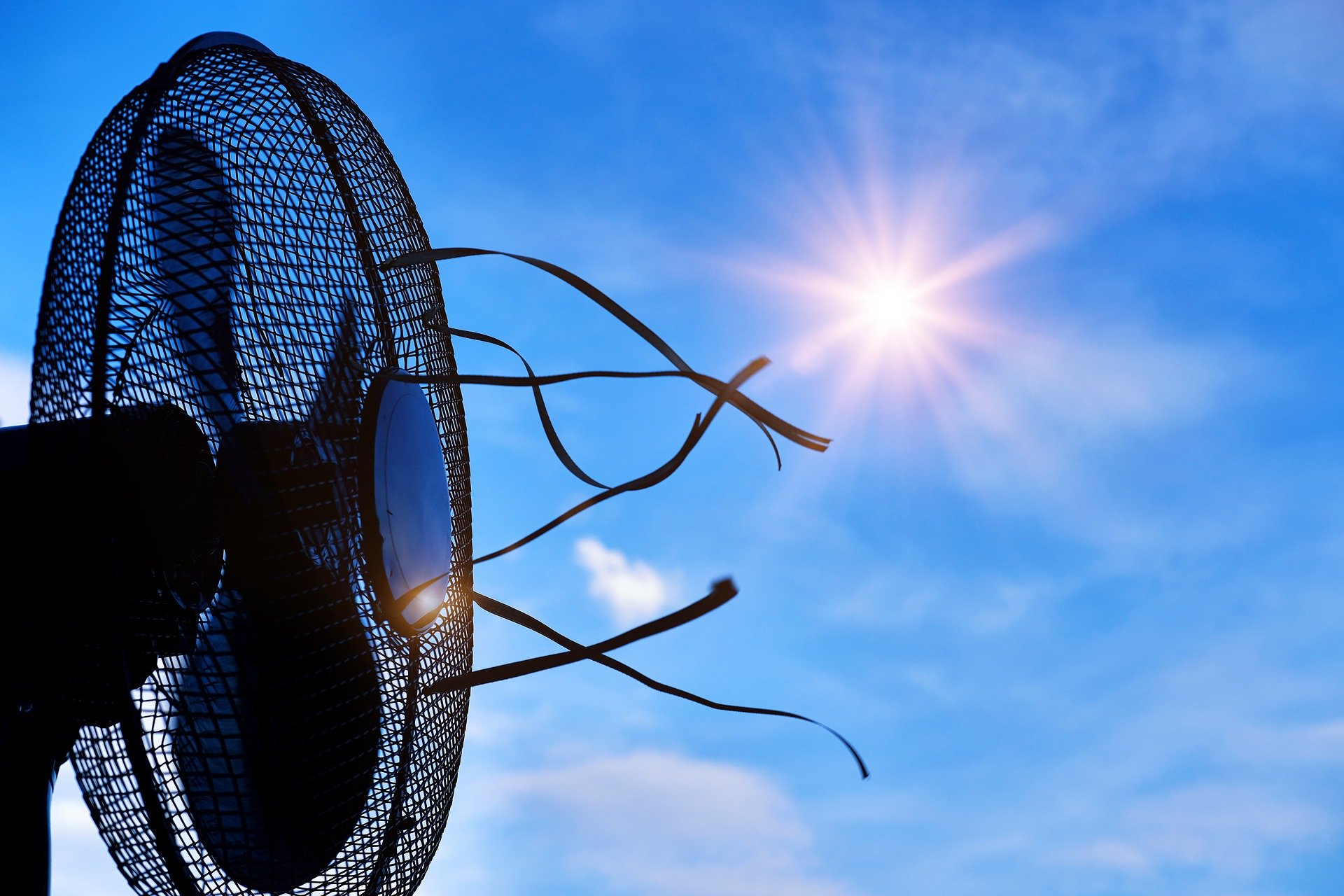
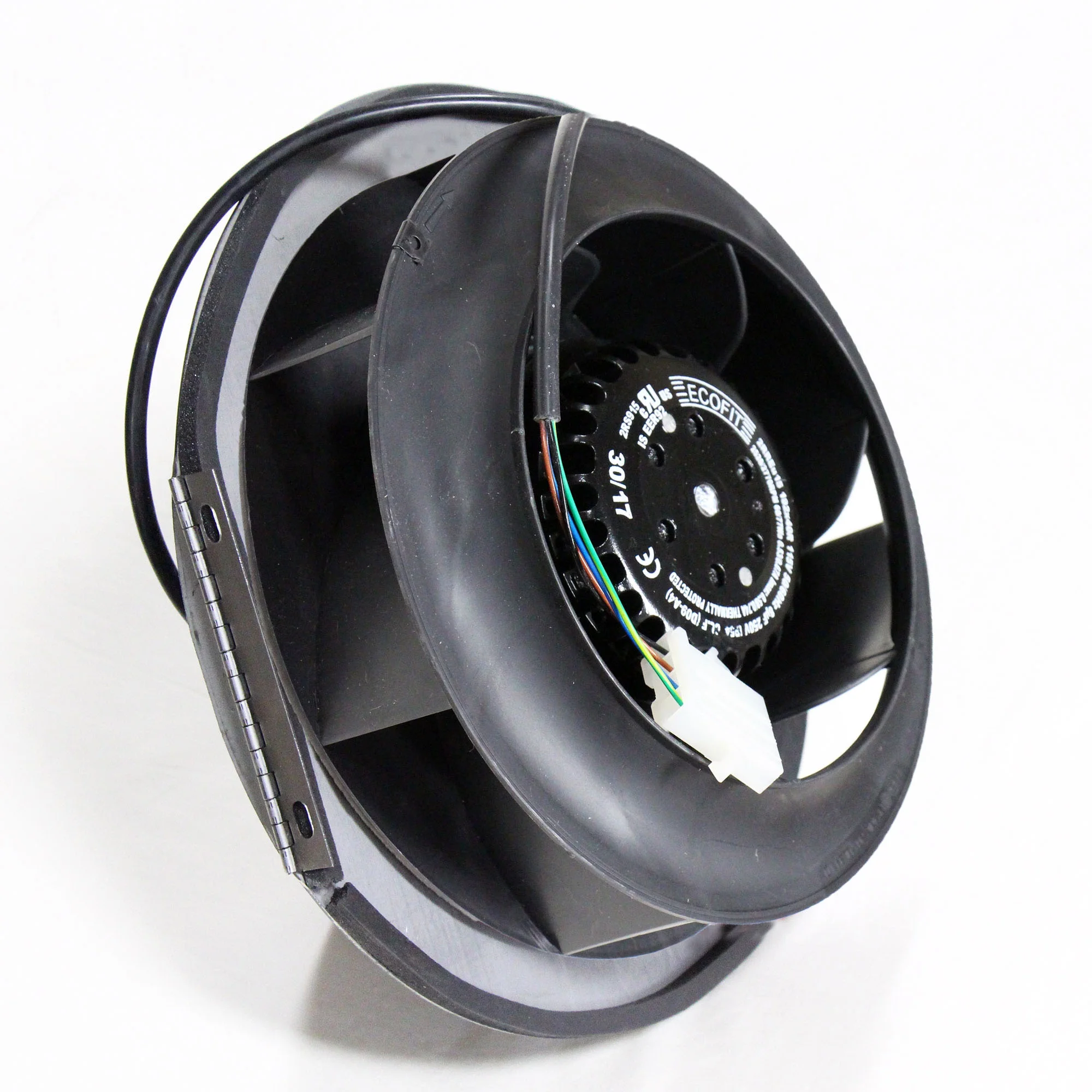
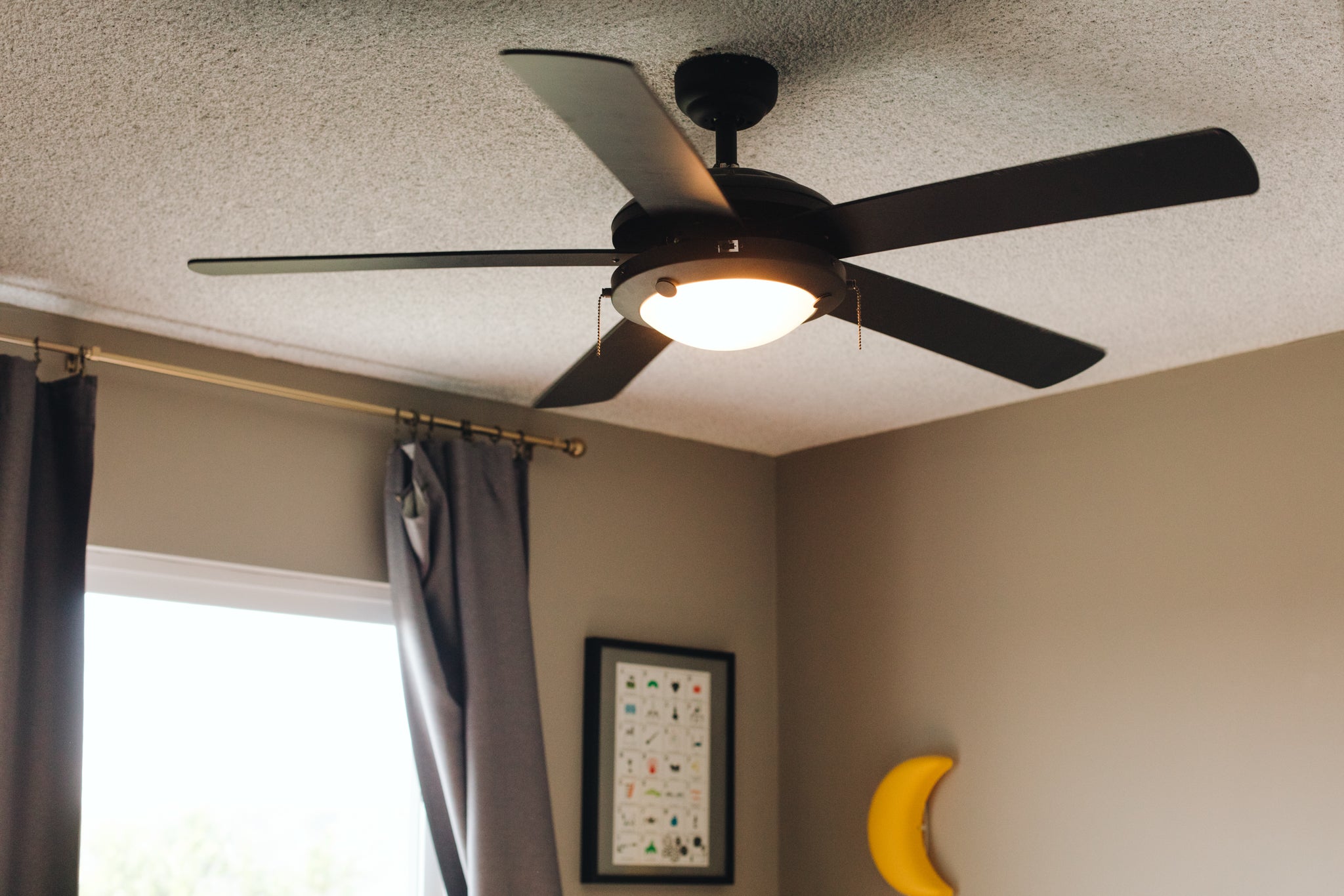
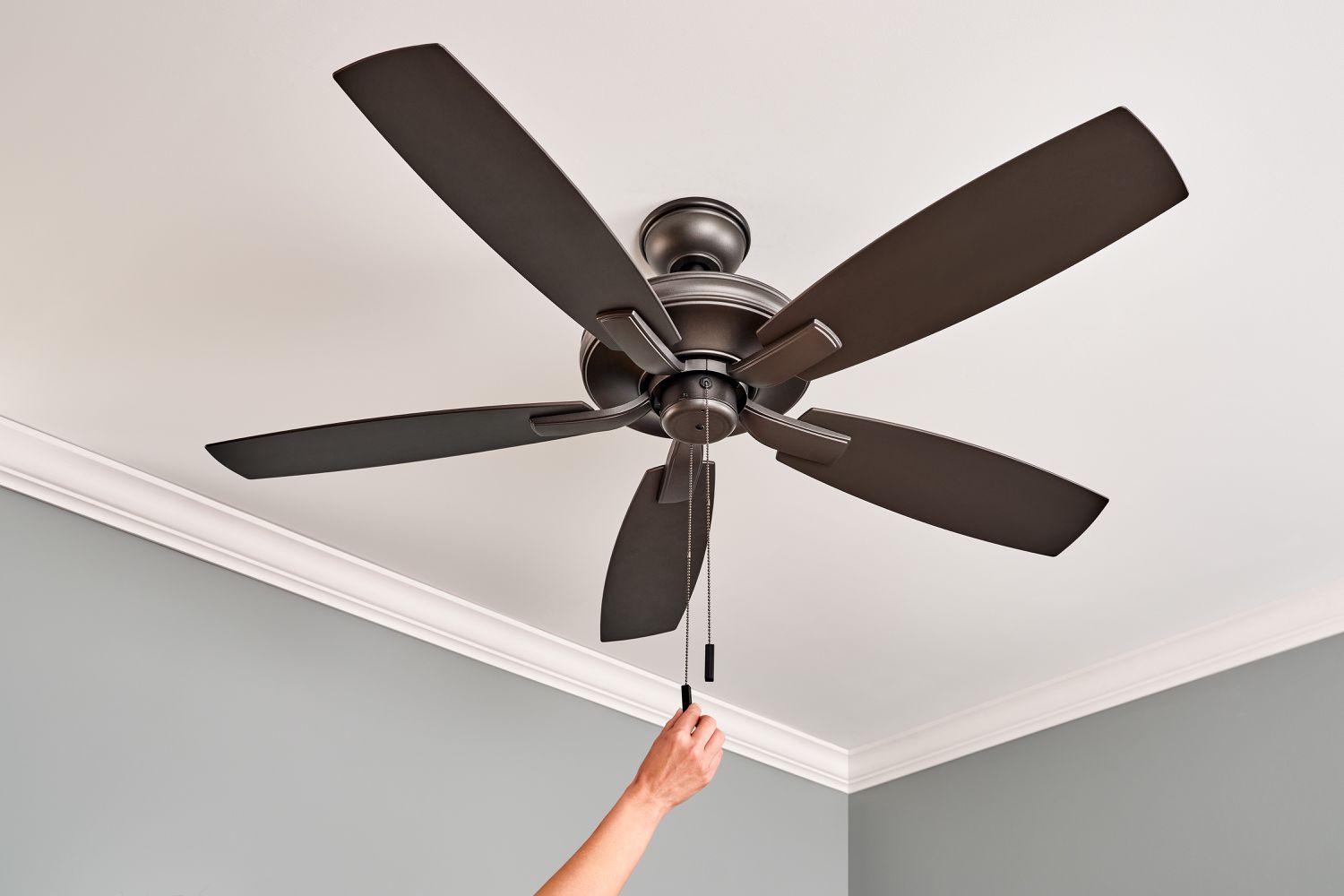


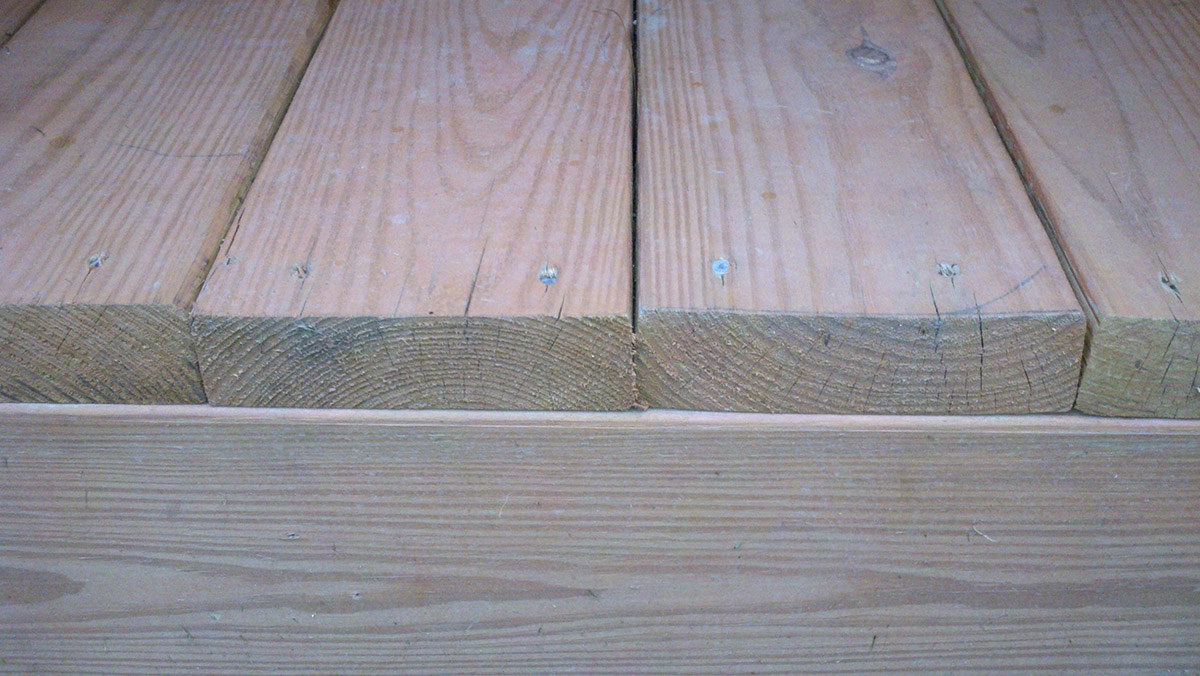
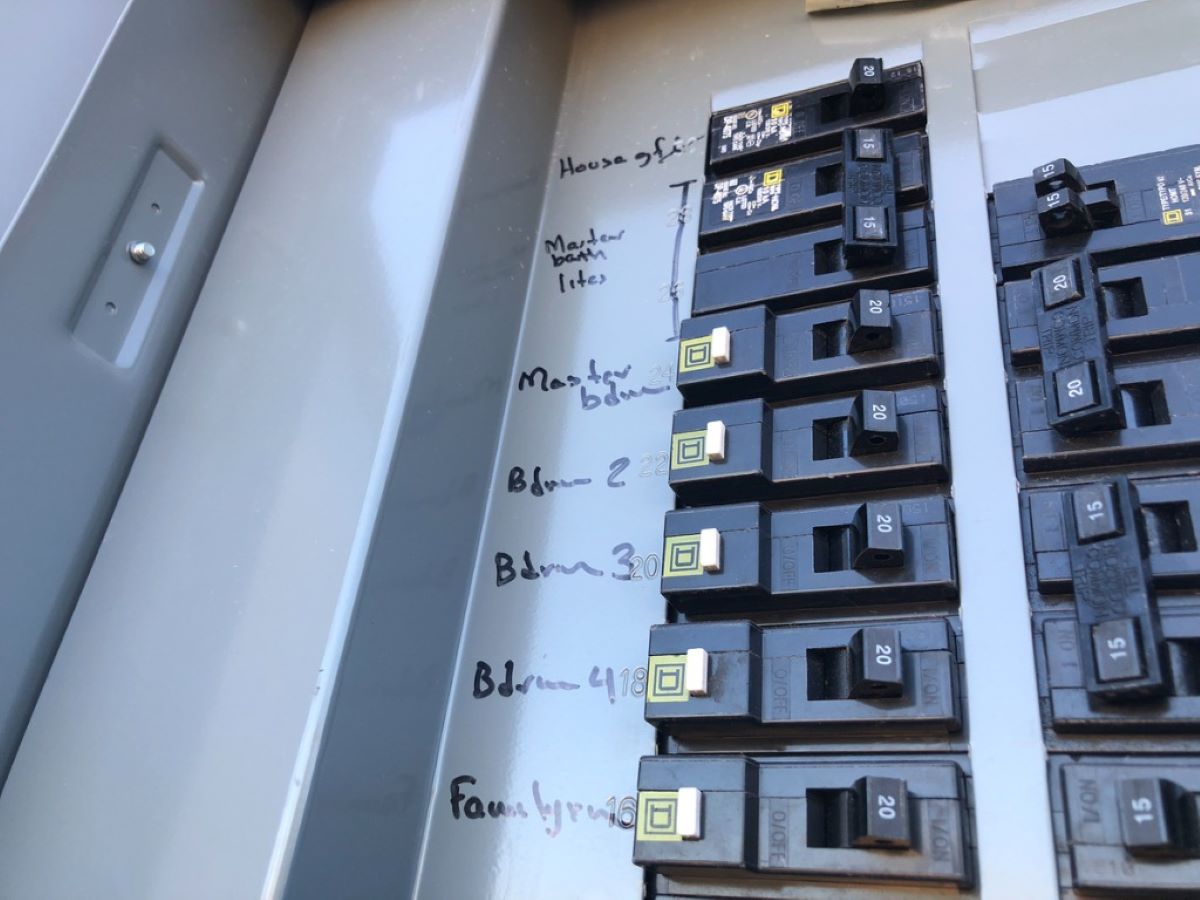

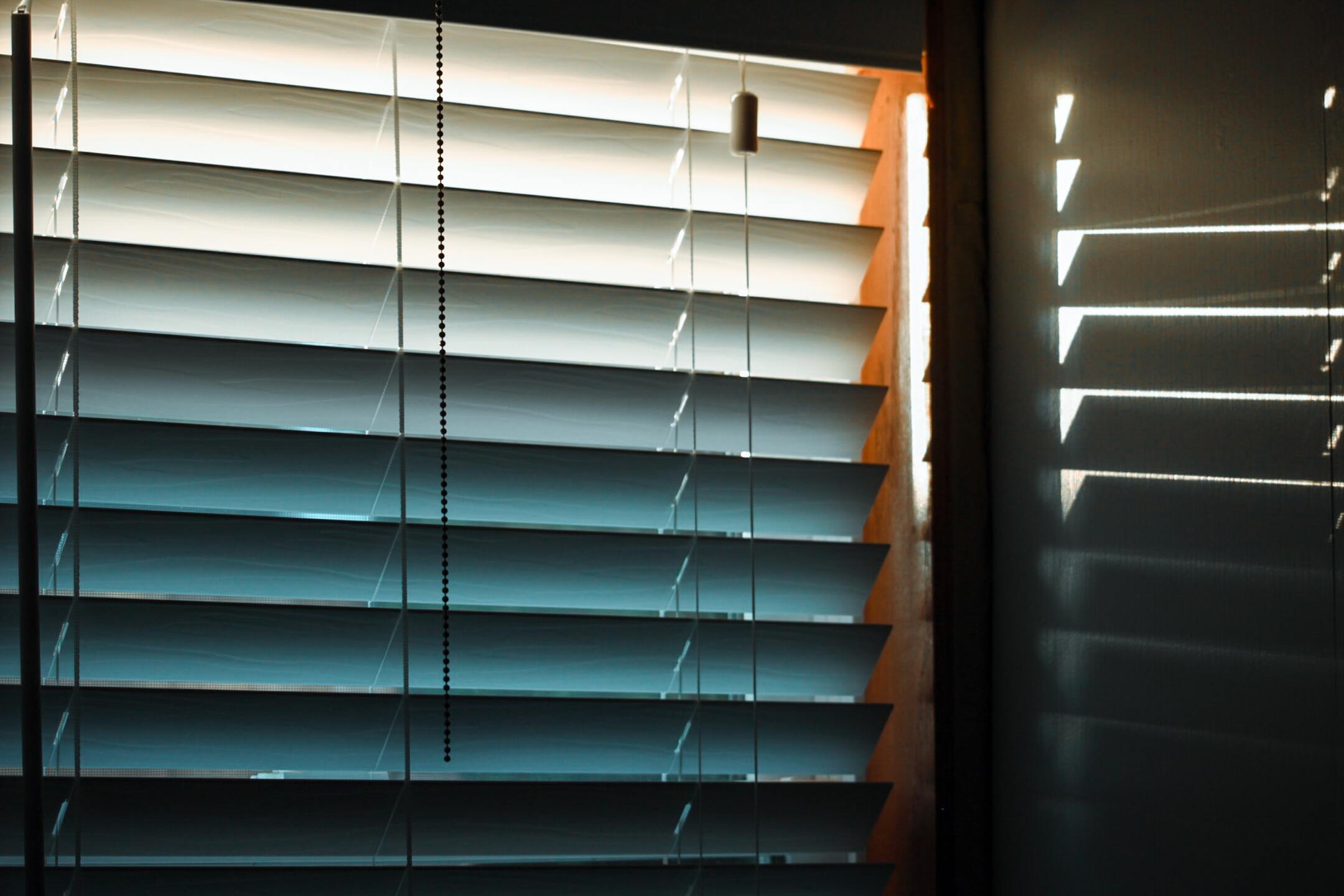

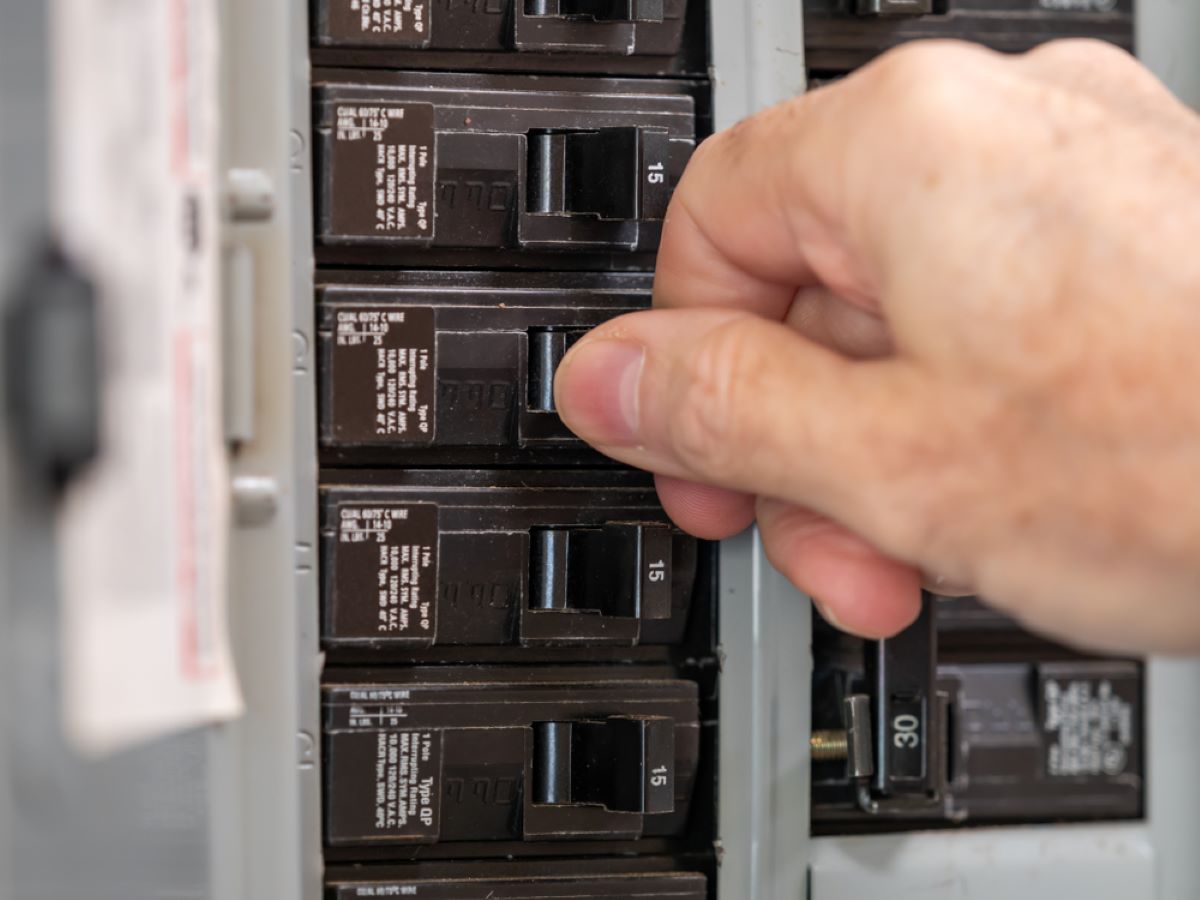


0 thoughts on “Which Way Is Counterclockwise On A Fan”